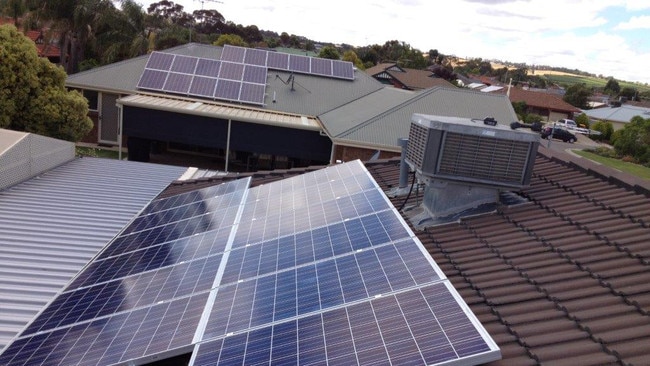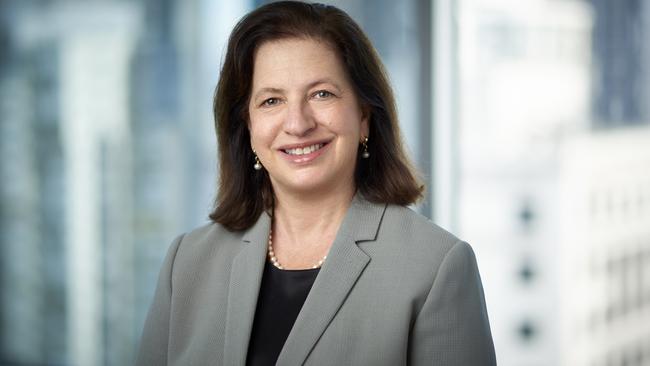AEMO chief Audrey Zibelman: Solar panels a big disrupter
The rising use of rooftop solar panels has created problems for the management of energy demand in Australia.

The rising use of rooftop solar panels has created problems for the management of energy demand in Australia, the chief executive of the Australian Energy Market Operator, Audrey Zibelman, said yesterday.
“Australia has the biggest pick-up of roof top solar anywhere,” Ms Zibelman said in a speech to the Centre for Independent Studies in Sydney. “We are seeing the equivalent of a power plant being built every season with people putting on more and more rooftop solar.”
She said the increasing role of solar power in Australia meant the energy market could suddenly lose 200-300 megawatts of power if the sky clouded over in a major city.
The use of rooftop power was playing a major role in reducing the demand for power in the daytime, which was particularly evident in Queensland, South Australia and Western Australia.
“Where typically we would say (there was a demand for) 1000 megawatts, we are seeing less than 500 megawatts.”
But, particularly on very hot days, it could see the demand for energy spike into the evening, as people continued to use air-conditioners when the sun went down and solar power was no longer available. She said this was seen recently during very hot days in Queensland.
“It used to be that we used most energy in the afternoon but now we are starting to use the most energy in the evenings,” she said.
In the past there was a gradual increase in demand for energy during the day, but with the increasing role of solar power there were now often spikes in demand in the evenings.
“It is a very variable system that we have to manage which is very different than before,” she said. “It’s a big disrupter.”
Ms Zibelman said the rapidly falling cost of renewable energy, particularly wind and solar in Australia, was making it the preferred investment for many people in the energy industry.
AEMO was now dealing with requests for connection to the national energy system of about 20,000 megawatts, almost all of it being from wind and solar.
“Not all of this will be built, but it tells you where people want to put their money,” she said.

Ms Zibelman said AEMO believed there was a lot more potential to make more efficient use of existing energy sources by having closer ties with industry and other major energy users.
This could include working with energy users to reschedule some of their usage to reflect the changing market timing for demand.
It could also include providing more financial incentives for private energy users to allow access to their power during peak public demand times, particularly at times when there were sharp spikes in energy demand.
“We need to sweat the assets we have as long as we can,” she said. “This would be the most economically efficient thing to do.
“The market will respond. It is just that we need to provide the right price signals.”
Ms Zibelman said one of her biggest worries was the potential for “uneconomic bypass” in Australia, where major energy users could start leaving the existing energy system because they found it too expensive, instead using their own energy supply systems.
She said this could lead to the cost of electricity having to be borne by a decreasing number of customers.
“It could be a good thing for an individual if they disconnect (from the electricity grid) but horrible for the rest of us,” she said.
More people opting out of the system meant the cost of maintaining the system was spread over fewer customers.
“We have to focus on productivity and how to get prices to the point where you don’t have uneconomic bypass,’’ she said.
“We have to make sure how we better use the assets we have and make sure the market is as competitive as possible.”


